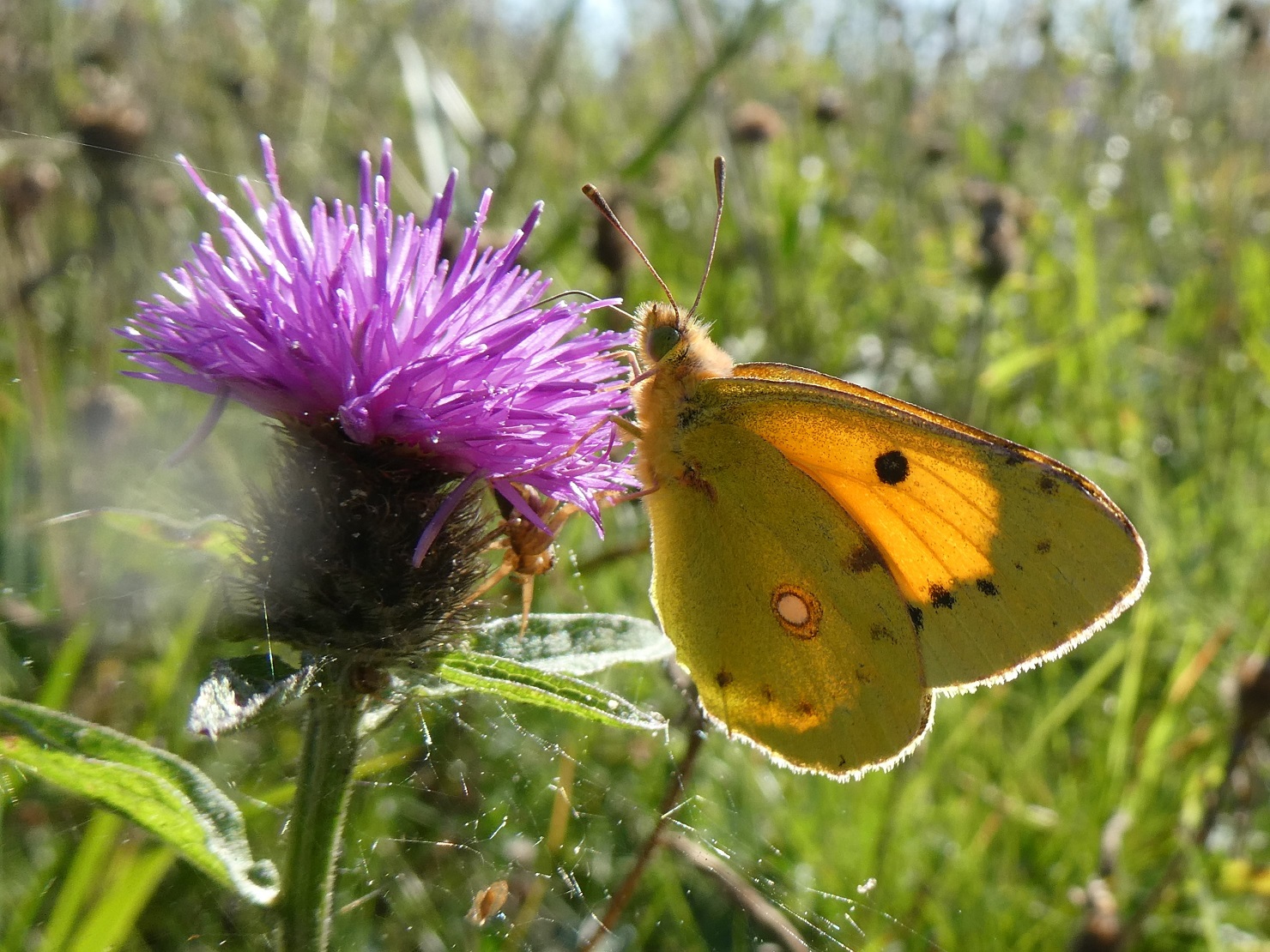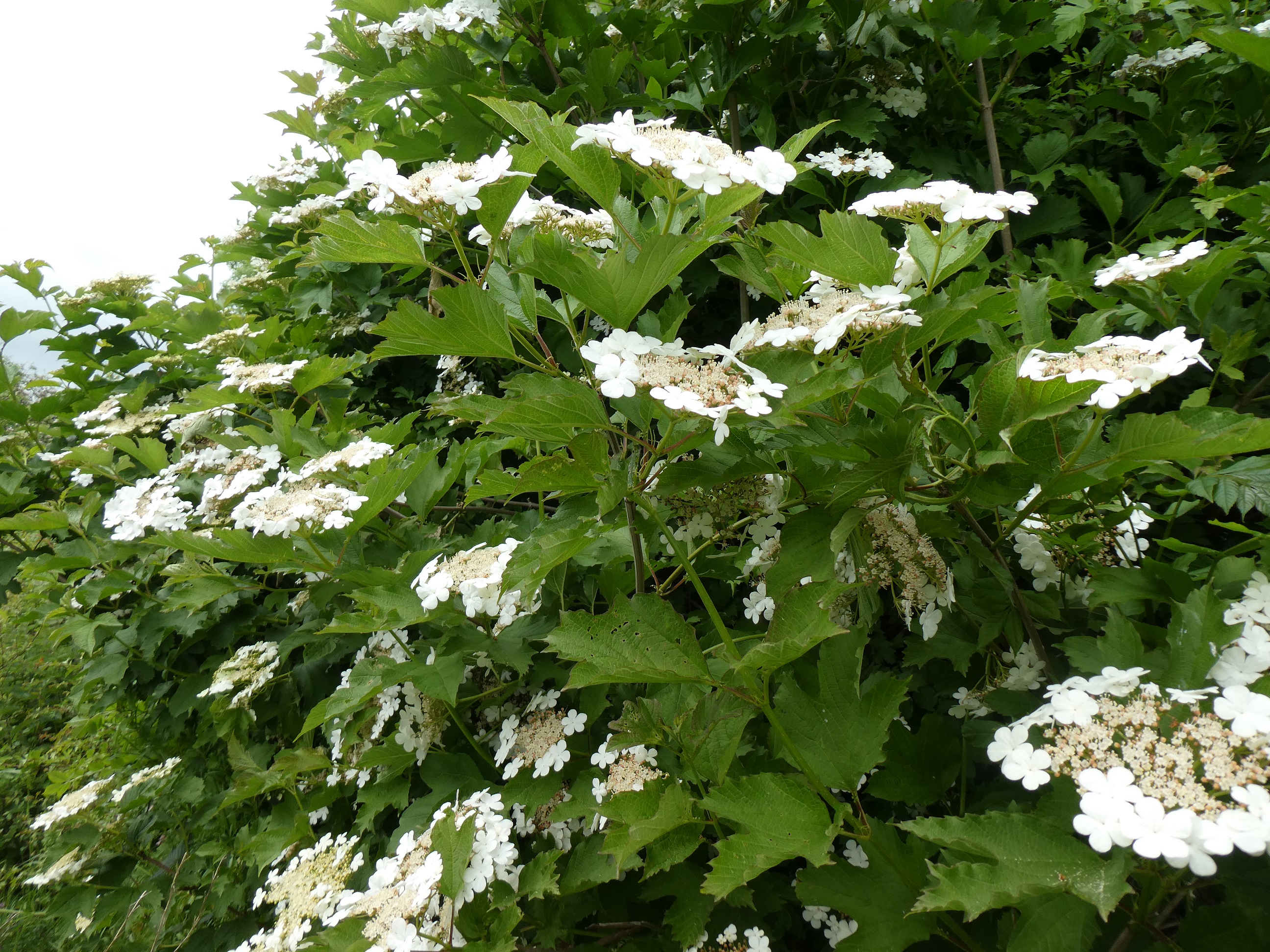Butterfly Conservation Ireland is well supported by its members who contribute their time, annual subscription and example to the conservation cause. Many members have turned their gardens into nature reserves for butterflies, moths, a range of pollinators, birds, amphibians and mammals.
But there is more that can be done. What about the world beyond the garden? Many species cannot thrive in an isolated patch and need to move to find food, territory and mates.
Many of us live in estates with large green spaces. Indeed, in modern estates, many houses lack front gardens. Space is in public areas instead.
One way to extend butterfly-rich habitat is to look at the often very bland green spaces. A good approach is to link in with with the local Tidy Towns or residents’ association. Some years ago, I did this in my estate in Wicklow. I joined the committee of the residents’ association and put forward the idea of improving the green areas for nature. Happily, everyone agreed. We bought native trees and planted them throughout the estate. We choose planting sites carefully; we avoided planting on the centres of the large central green so children could still play football. We planted Grey Willow and birches on the dampest areas and Rowan on the drier areas. We also planted nectar-rich shrubs like buddleia which are a great hit because people can see the butterflies on them. To this day, the estate still looks great! One very vital step we took was to persuade the builder to spend his landscaping budget on native trees. We provided a list and Silver Birch and native oaks were planted.
When looking at a site, first check what is already there. Can it be improved? What should be retained? Can a belt of native woodland be planted? Only native trees should be planted. There is no real benefit to planting tree species that do not belong in the ecosystem in Ireland. Common Hazel, Common Holly, Rowan, Silver Birch, Downy Birch and Guelder Rose (see photos) are all useful. If there is room, plant some native oak. A ‘butterfly shrubbery’ that is in full sun can really work too. See if an area of grassland can be converted into a wildflower meadow. This initiative will usually find favour if a sign is erected to announce the conservation enhancement being made and if the meadow contains attractive species like Ox-eye Daisy, Marjoram and Common Knapweed. For sources of plants, see links below. The best option, however, is to source tree seed and plants from certified native source Irish provenance. You can even grow your own trees and wildflowers from seed sown fresh!
Butterfly Conservation Ireland has given a number of project planners advice. If you have a project that you would like to help with, let us know. Contact us by email at conservation.butterfly@gmail.com
Flower seed can be obtained from Design By Nature; see http://www.wildflowers.ie/
Native trees can be obtained from Future Forests; see https://futureforests.ie/




